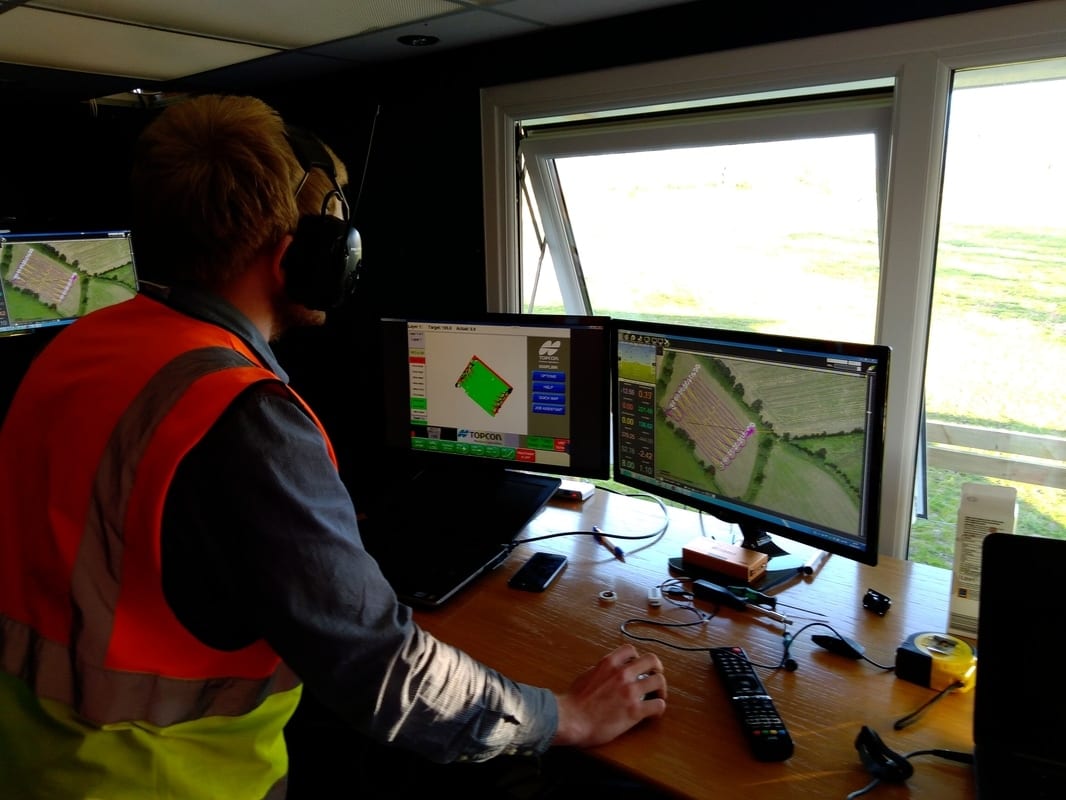Industry
Use of Drones in Search and Rescue Ops
Governmental organizations and nongovernmental organizations (NGO) devote considerable resources to preventing, mitigating, preparing, responding, and recovering from the effects of disasters. Preparing for and responding to disasters is a major logistical challenge. Many of these organizations are now considering drones in search and rescue operations as part of the disaster responder’s toolkit.
A new paper titled, The use of unmanned aerial vehicles and drones in search and rescue operations – a survey, published by Sean Grogan, Michel Gamache and Robert Pellerin of the Polytechnique Montreal, aims to explore the latest literature in the use of unmanned aerial vehicles in search and rescue operations in disasters of different types.
And no, while your college semester might not be going well, it does not technically classify as a disaster. So first of all, we should answer how we define a disaster.
As per a publication regarding disaster management by Galindo & Batta, 2013, A disaster is, “a shocking event that seriously disrupt the functioning of a community or society, by causing human, material, economic or environmental damage that cannot be handled by local agencies through standard procedures.”
The same publication also defines disaster response, “Disaster response are the operations whose objectives is the deployment of resources to provide immediate relief to a population.”
All in all, what we are talking about is the usage of drones as a means for disaster response.
Rescuers are usually equipped with some tools such as sniffing dogs and heat sensing cameras. The use of cheap and easy to operate drones has exploded in industry and the consumer markets. The use of aerial vehicles allows for searchers to traverse uncertain and impassable terrain to locate individuals in need of aid. The relative inexpensiveness of drones means these devices can blanket a search area: a more timely and efficient search and rescue mechanism than a single manned or unmanned aircraft. In addition, cell phones have become more prolific in recent years. Devices exist that can passively detect active cell phones much the same way a laptop detects Wi-Fi. Attaching these devices to a drone, a new tool has the potential of being used that can remotely sense and approximate the location of individuals who may be trapped in structures after a disaster.
There are different criteria to be met and perimeters to be considered when formulating a disaster response methodology. That is what drones are supposed to follow as well.
- Environment – the type of environment that the search robots will operate. As a drone will have to be programmed differently to operate in a village and a city with tall buildings.
- Equipment – the type of devices used (UAV, Drone, land based, swarm). For example, a fixed wing aircraft have a different set of flight characteristics versus a rotor wing aircraft. Similarly, a quadcopter drone will be installed with different propellers and flight controllers as compared to a propeller drone.
- Sensors – the specific types of sensors indicated by the researchers. Different applications and analyses require different kinds of sensors; we would need sensors that can study temperatures in case of volcanic eruptions, radiation sensors if the UAVs are to analyze some sort of nuclear meltdown, we might need sensors capable of photogrammetry if the drones are to analyze demolished buildings (for more information, our article: Drone-Based 3D Photogrammetry for Post-Earthquake Evaluation)
- Optimization Procedures – the procedure used to optimize their problem. Due to the size and complexity of the constraints.
- Optimization Goal and model formulation – the goal of the optimization procedure; the drone might be required to cover a lot of area and collect a lot of data really quick, or it should be optimized to stay in the air for a long time and supervise rescue operations. This is defined by the professionals managing the drone systems.
- Uncertainty – the uncertainty accounted for in the optimization model or method, such as flight time uncertainty or fuel consumption uncertainty. Accounting for uncertainties pre-hand allows us to understand any errors in the data collected by the drones as well as refining the instructions communicated to the drones.
While the usage of drones for disaster management is being explored at a really fast pace, optimization techniques that are suited for different disaster situations are largely untouched; hindering the practical application of drones for disaster management in urban areas.
Citation: ‘The use of unmanned aerial vehicles and drones in search and rescue operations – a survey’. Grogan, Sean & Pellerin, Robert & Gamache, Michel. (2018), https://www.researchgate.net/publication/327755534_The_use_of_unmanned_aerial_vehicles_and_drones_in_search_and_rescue_operations_-_a_survey



















